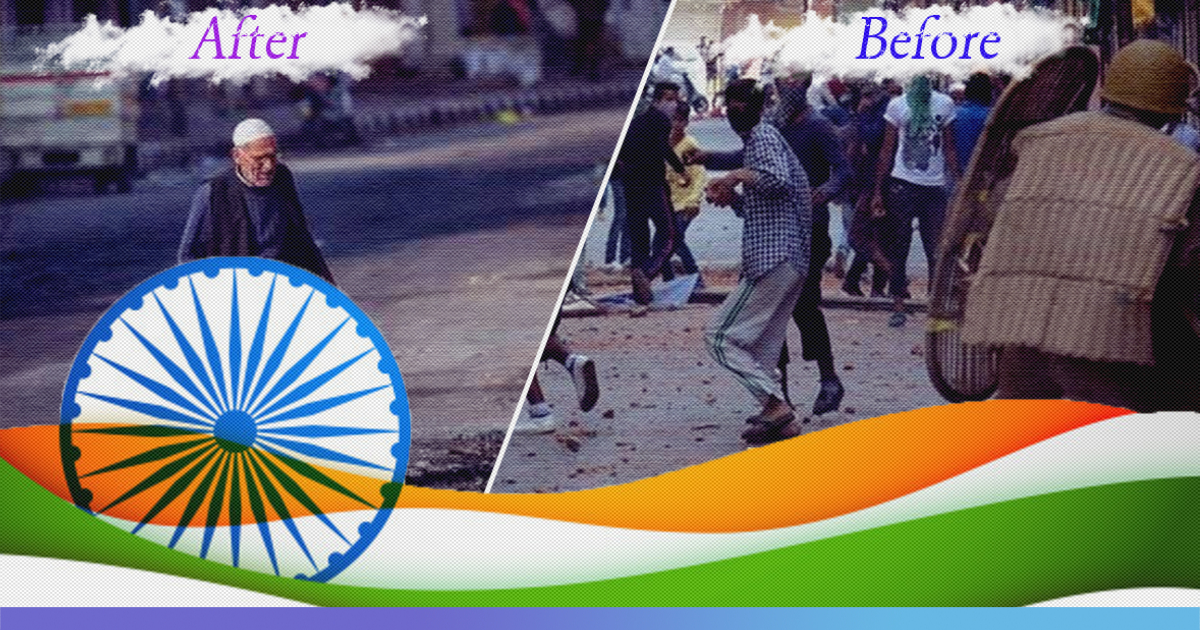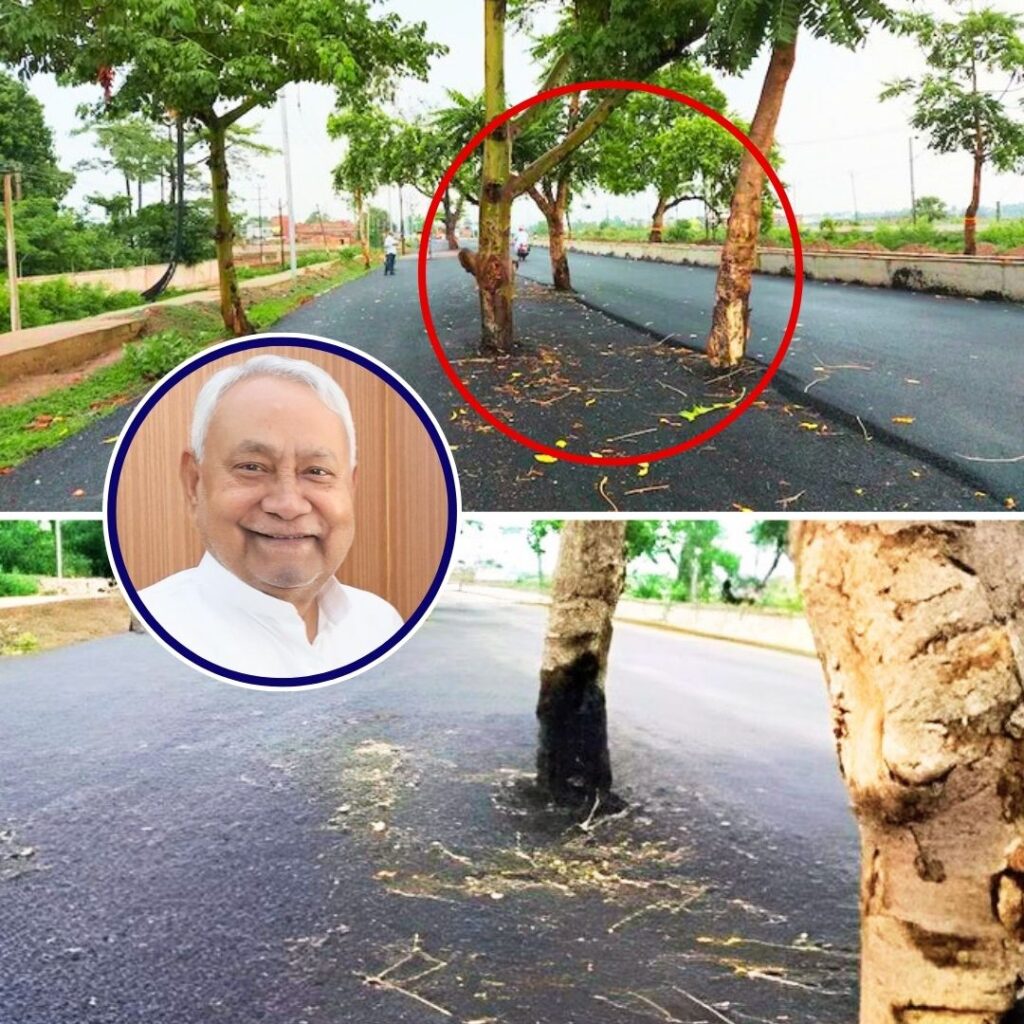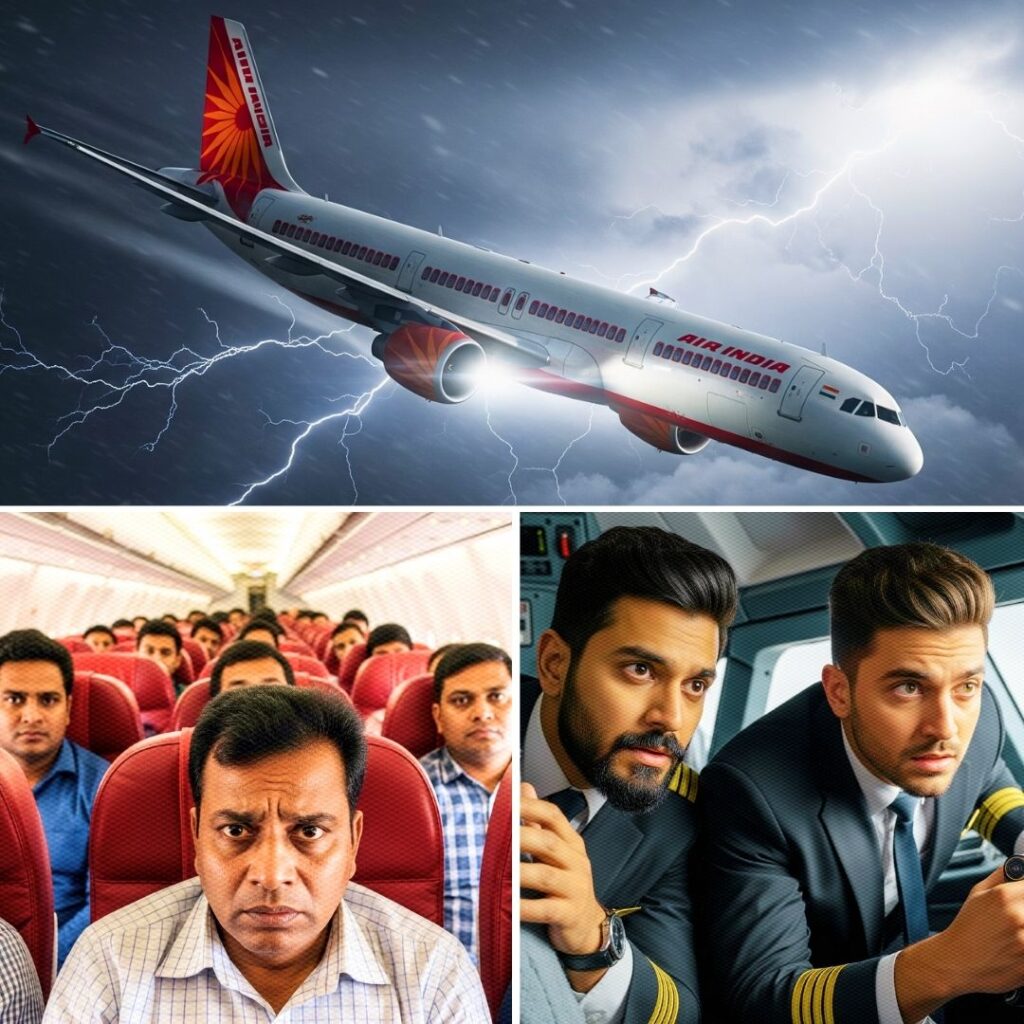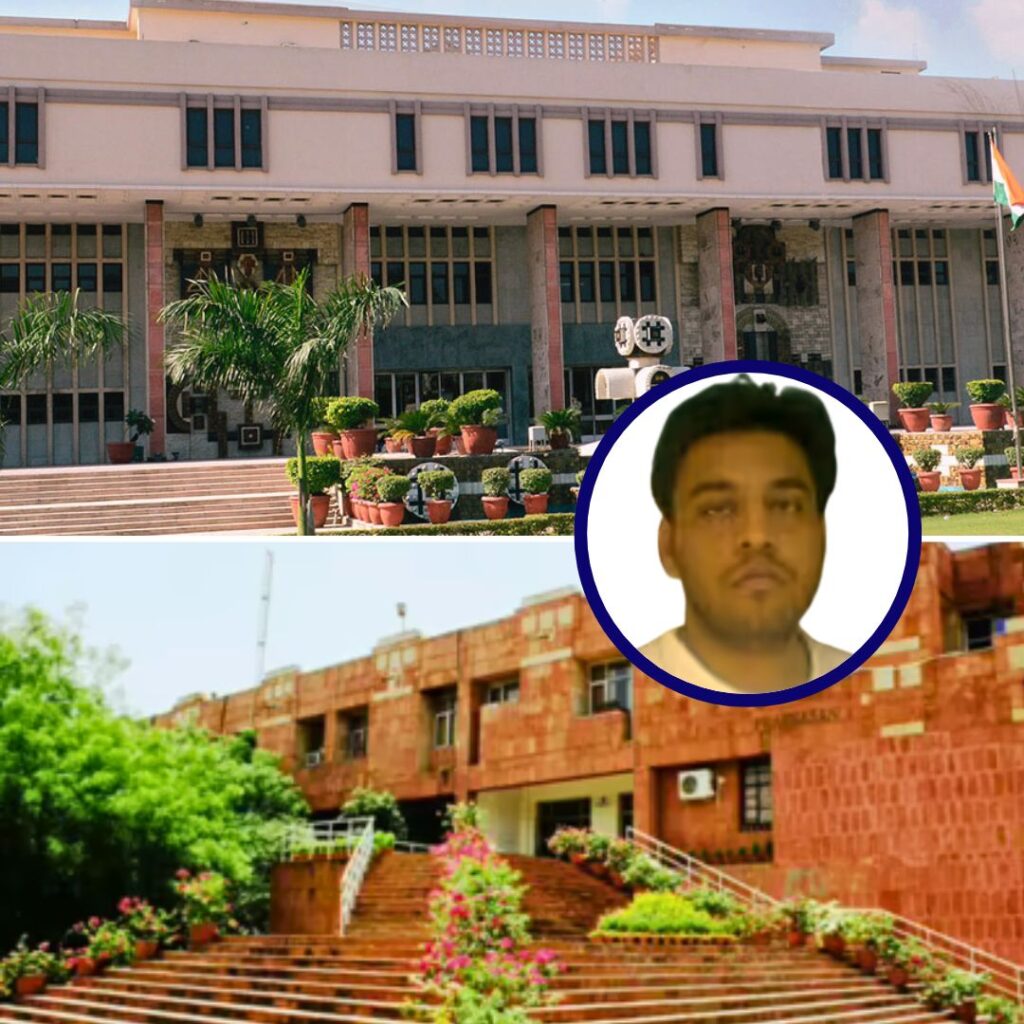As India marks 73rd Independence Day, The Logical Indian brings to you the journey of the Indian Republic from the clutches of the British rule to becoming one of the fastest-growing economies in the world. Over the course of the next few days, we will focus on key parameters, sectors and issues that are crucial to the Union Of India.
This 15th August, India will celebrate 73rd Independence Day with a fully integrated Jammu and Kashmir.
Jammu and Kashmir has been a major cause of conflict between India and Pakistan for more than 70 years. So much so that Christopher Snedden, an Australian political scientist, even went on to say that the Kashmir dispute is now so old that if it were a person, it would be entitled to a pension.
It is now Union Territory (UT) of India after the Parliament revoked Article 370 granting special status to the state and gave nod for its bifurcation into two UTs. This Independence Day let us look at the history of Jammu and Kashmir, from being a conflict ridden state to its full integration with India.
1947- First Indo-Pak War
After India became independent in 1947, the last ‘Maharaja’ of the Princely state of Jammu and Kashmir, Hari Singh, was not ready to join the Republic of India. Famous for its scenic beauty, Hari Singh wanted to make Jammu and Kashmir the Switzerland of Asia.
But soon after the independence the Princely State came under the attack by Pakistani Tribesman accompanied by the Pakistan Military. The Maharaja was left no choice but to sign the instrument of accession to gain support of the Indian Army.
This is known as the first war of Kashmir. Following the first Indo-Pak War the United Nations mediated and this led to cease fire between the two countries. United Nations Security Council Resolution 47 was adopted on 21 April 1948. The rebels and Pakistan Military were thrown out, but a large part of Kashmir was lost to Pakistan which today, is known as Pakistan Occupied Kashmir or PoK. And the line that divides it came to be known as the Line of Control.
1965-Second Indo-Pak War
The 1965 war between India and Pakistan was the second conflict between the two countries over the state of Jammu and Kashmir.
The clash did not resolve this dispute but compelled the United States and the Soviet Union to intervene. The hostilities intensified with Pakistan’s attempt to capture Kashmir by force.
After the Pakistan Army invaded Kashmir, India moved to international level to resolve the conflict. The international politics and global attention affected the nature of the conflict.
India asked the United Nations to once again intervene and put an end to the conflict. As a result the United Nations Security Council passed Resolution 211 was adopted on September 20 calling for an end to the Kashmir problem.
United Nations Security Council Resolution 211
United Nations Security Council Resolution 211 was adopted on September 20, 1965. The Council demanded a cease-fire take effect on September 22 and that both forces withdraw to the positions held before August 5.
The Council requested the Secretary-General to ensure the supervision and called on all states to refrain from any action which might aggravate the situation.
The United States and the United Kingdom supported the UN decision by restricting arm supplies to both nations. India accepted the ceasefire on September 21 and Pakistan on September 22.
The ceasefire allowed both sides to accept the Soviet Union as a third-party mediator. Negotiations in Tashkent concluded in January 1966, with both sides giving up territorial claims, withdrawing their forces from the disputed territory.
The 1987 Turning Point
Elections for the State Assembly were held on 23 March 1987. There were three main contestants in this election–The National Conference-Indian National Congress (NC-INC) alliance, Muslim United Front (MUF) which was a coalition of local parties, and the Bhartiya Janta Party (BJP).
The MUF was quite popular and was confident of winning the state elections. But the result shocked everyone in the valley. The BJP won two seats, the MUF won 4 while the NC-INC alliance won 66.
The election was perceived to be a completely rigged one and played a major role in denting the people’s confidence on democracy. The rigging of the election is said to have led to the insurgency in Jammu and Kashmir and the exodus of Kashmiri Pandits which became the second turning point in the history of the hill state.
Militancy And Kashmiri Pandit Exodus
After 1987 Kashmir witnessed an uprising of Islamic militants with the support from our neighbour Pakistan. India accused Pakistan of inciting rebellion and sponsoring armed insurgencies in the state. But as usual they denied all the allegations.
On January 19, 1990 there were loud speakers that played threats to the Kashmiri Pandits living in the Valley. It later came to be known as the ‘night of exodus’.
Kashmiri Muslims assembled in mosques across valley, shouting ‘Death to India, Death to Kafirs’. Hundreds of innocent Pandits were tortured, killed and raped.
Fearing for their lives they had to leave the valley. By the year-end, of the two lakh Kashmiri Pandits about one lakh Pandits left the Valley and taken refuge in Jammu and elsewhere. At present there are 62,000 families registered as Migrant Kashmiri families as per the Press Information Bureau.
Ticket to exile: Bus ticket purchased by family on 19th Jan., 1990 when we were forced out of Kashmir. #KPExodusDay pic.twitter.com/dXBzVrKXoT
— Aditya Raj Kaul (@AdityaRajKaul) January 19, 2016
The militancy in that decade rose to fearful levels. As per the government figures between 1990 and August 2001 around 12000 civilians died of ‘unnatural causes’. Out of which around 8000 died at the hands of militants, while the rest on cross fire. The forces is said to have killed 13400 militants in the same period at the cost of 3100 of security personnel.
‘Operation Vijay’
The Kargil war or the Kargil Conflict often referred to as Operation Vijay was a result of the rise in militancy which was supported by Pakistan intelligence agency ISI. Pakistan saw the rise in militancy as an opportunity to annex Kashmir from India. As a result Pakistan Army soldiers disguised as Kashmiri militants infiltrated into Kargil district of J&K along the LoC (Line of Control) on May 3, 1999.
The war was fought at an altitude of 4500-5000m where the mercury often sunk up to -15 to -11 degrees due to wind chill factor. Indian Air Force in coordination with the ground troops conducted several strikes at the enemy. The most important part of Indian Army tactics was not crossing the LoC as it would have escalated the war with reduced international support. In course of two months the Indian Army was successful in taking back almost all the intruded area.
The Indian Army declared victory on July 26, 1999, after successfully capturing strategic peaks like Tiger Hill and Tololing.
Changes After 9/11
The “War On Terror” after the September 11, 2011 attacks on the United States, compelled Pakistan to review its base for freedom fighters in the Kashmir conflict.
Kashmir was out of the global lens until 2008, when the Indian government transferred a piece of land to a Hindu shrine. This triggered non-violent but anti-India demonstrations with the forces.
This was the beginning of Indian troops launching an offensive to back the control of valley where militancy on rise. This was often followed by constant protests and agitations.
Many youngsters were ready to take up arms against the Indian Army and had joined the militant organisations like Hizbul Mujahideen (HM).
The situation in 2016 became even worse when the 21-year-old Hizbul commander Burhan Muzaffar Wani was killed by the security forces in an encounter in 2016.The popularity of the young commander was such that his funeral saw the presence of thousands of people with slogans of Burhan tum zinda ho (Burhan, you live!).
The militant’s killing started a wave of pro-independence protests which led government to declare curfew across the Valley for a period of 53 days. As many as 85 people were killed and thousands were injured in clashes with the security forces over a span four months.
Pulwama And Balakot
In February 2019, Pakistan based terrorist organisation Jaish-e-Mohammad attacked CRPF convoy killing 40 Indian paramilitary soldiers in Kashmir–the deadliest one in the history of security forces since the beginning of the insurgency in the late 1980s.
In response the Indian Air Force Conducted air strikes on terrorist camps at Balakot in PoK. This was first time in four decades that any Indian Warplane has crossed the de-facto border.
Soon after the air strikes Pakistan scrambled its F-16 aircraft one of which was shot down by the Indian Air Force in the dog fight. However, Abhinandan Varthaman the pilot of Indian MiG21-Bison was hit by a missile forcing him to eject and unfortunately land on the other side of the LoC. He was later released by Pakistan.
Article 370 Scrapped
The BJP always saw Kashmir as an integral part of India and rejected Pakistan’s claim over the disputed territory. In fact the saffron party’s 2014 manifesto read, “The territorial integrity of India is inviolable. BJP will pursue an agenda of equal and rapid development in all the three regions of the state – Jammu, Kashmir and Ladakh.”
On August 5, India revoked Article 370 of the Indian Constitution that gave Jammu and Kashmir its special status granting a partial autonomy to the state. The article empowered the state government to have its own constitution, a separate flag and allowed the Parliament to frame laws for the state in only three matters: Defence, External Affairs and Communication. In all other matters, the state government had exclusive autonomy to frame its own laws.
The move was strategically planned by the Centre as it moved thousands of troops to the region citing terrorist threats. On August 2, tourists and pilgrims were told to evacuate, and schools, suspecting a major terror attack in the state. On August 4, officials in Kashmir cut off internet access and placed several prominent leaders under house arrest
Today the people of Jammu & Kashmir who reposed their faith in institutions of India like parliament & Supreme Court feel defeated & betrayed. By dismembering the state & fraudulently taking away what is rightfully & legally ours, they have further complicated the Kashmir dispute
— Mehbooba Mufti (@MehboobaMufti) August 5, 2019
The government didn’t just stop at that but it also divided the state into two Union Territories (UT). Jammu and Kashmir as one with the legislature and Ladakh the other UT without any legislature. Thus making the conflict ridden state a complete part of the Union of India.
Prime Minister Narendra Modi in his address to the nation after the Parliament gave nod said, “We have taken this decision as a family. A new era has begun in Jammu and Kashmir and Ladakh. Article 370 was a hurdle for development of Kashmir. The rights of all denizens of India are equal, and their responsibilities are equal too. The harm Article 370 did to the people of Jammu and Kashmir and Ladakh was never discussed. Article 370 and Article 35A gave only separatism, nepotism and corruption to the people of Jammu and Kashmir.”
Also, Read Article 370 Deterred Development In J&K? Statistics Prove State To Be Better Than Many Others











